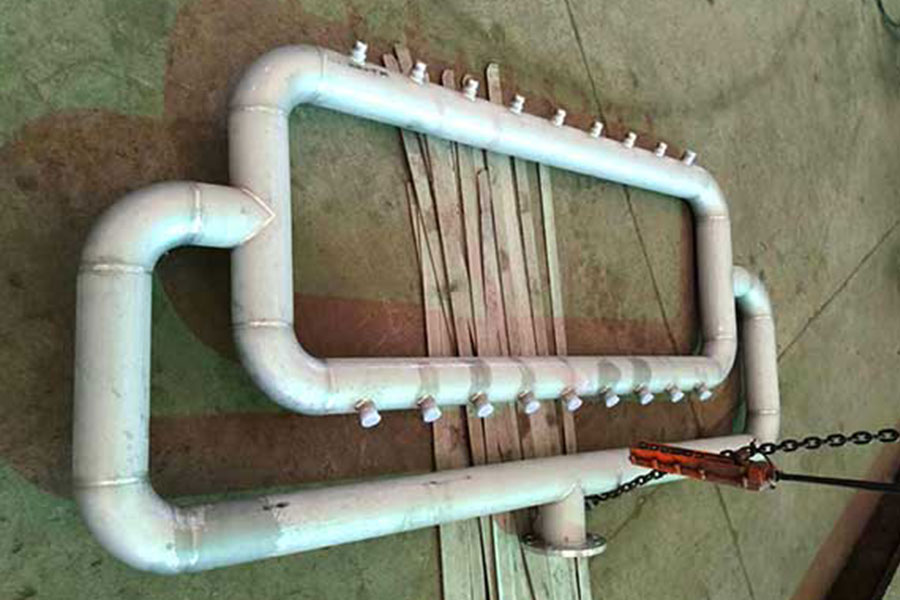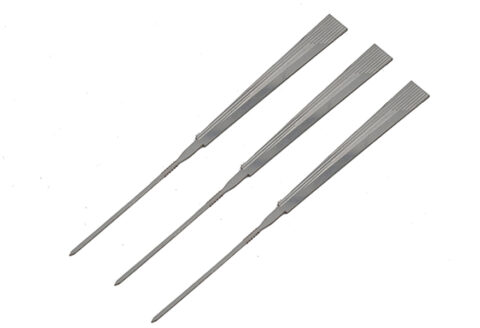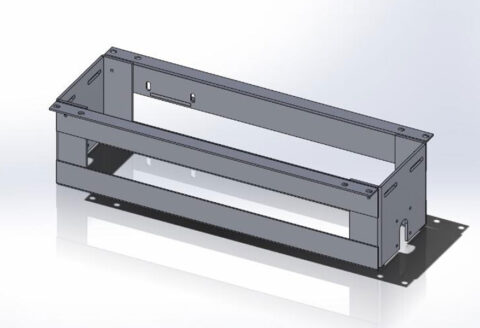Welding Processing Of Pipe Parts
Laser cutting manufacturers believe that the welding process is one of the welding production processes
Formulate the content of welding process
- Choose the welding method reasonably and determine the corresponding welding materials.
- Choose reasonable welding parameters, such as electrode diameter, welding current, arc voltage, welding speed, welding sequence, welding layer, submerged arc welding, etc., the type of flux should be designated as submerged arc welding, and the gas type, flow rate and line The extension length should be specified for gas shielded welding.
- Formulate other measures and parameters, such as requirements for preheating and slow cooling, requirements for post-welding heat treatment, post-heating and intermediate heating, requirements for tire clamps, etc.
The principle that the welding process
The principle that the welding process should follow is to ensure quality, that is, whether the external dimensions or internal quality of the welded joint must meet the requirements of technical conditions; secondly, production efficiency must be considered, that is, easy welding, good accessibility, and low turnover. . Using fixtures and mechanized auxiliary devices, weldments can be welded at a convenient location, and mechanized or automated welding can also be achieved. In short, it has high economic benefits. In order to optimize the economical, high-quality, and efficient welding process, in addition to understanding the welding method knowledge introduced in professional books and materials such as arc welding, electroslag welding, resistance welding, brazing, etc., it is also necessary to understand the production characteristics of various process methods. These characteristics refer to the scope of application of various process methods, such as the type, thickness, welding position, weld length, etc. of the base metal; requirements for material processing and assembly processes, such as groove preparation, pre-weld cleaning, and post-weld heat treatment Etc.; requirements for auxiliary equipment and tools required for welding, complicated auxiliary processes; quality and stability of welded joints; economic indicators, such as production costs determined by labor productivity, equipment investment, and labor conditions of workers.
Categories: Welding Processing



